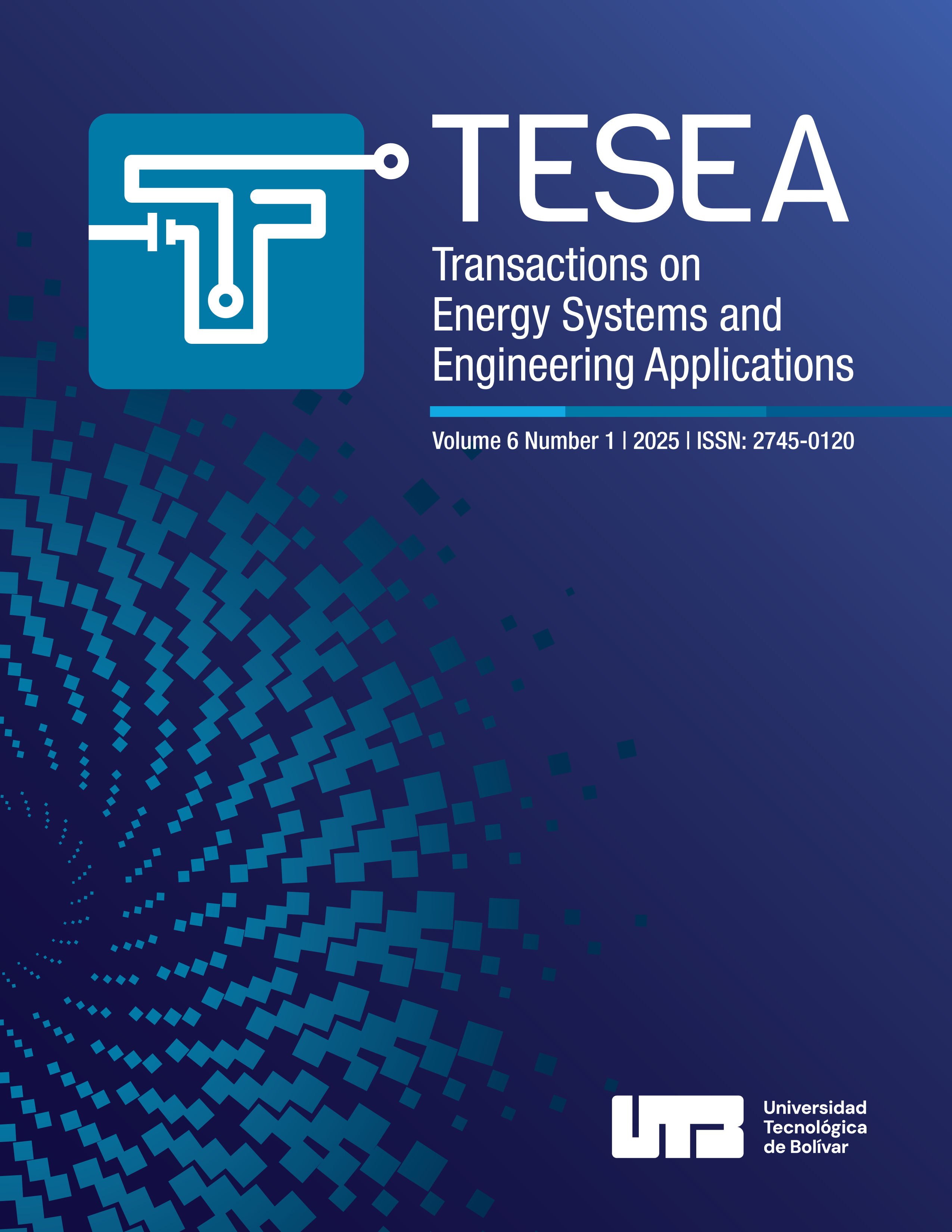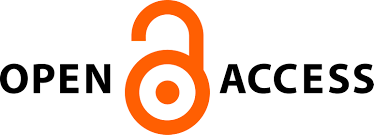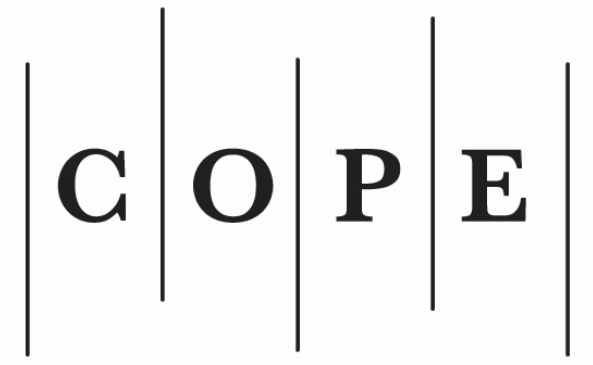Deep learning model for recognizing fresh and rotten fruits in industrial processes
DOI:
https://doi.org/10.32397/tesea.vol6.n1.811Keywords:
Artificial intelligence, Machine learning, Deep learning, detectionAbstract
The detection of fruit condition is essential to ensure quality control in industrial processes. Currently, this task is often performed manually, which is inefficient and time-consuming for operators. Therefore, it is crucial to implement emerging technologies that reduce human effort, costs, and production time while enabling more effective defect detection in fruits. In this context, this work presents the implementation of an artificial intelligence model based on computer vision to identify the condition of fruits. Various models were compared, including YOLOv8, YOLOv11, Detectron2, and Fast R-CNN, trained on a dataset that classifies fruits into two categories: ripe and rotten. The models were evaluated in terms of accuracy, speed, and robustness under different lighting and background conditions to select the most suitable for real-time applications. The results showed that YOLOv8 achieved the best generalization, reaching a mAP@50 of 83.8% and an accuracy of 77.3%.
Downloads
Downloads
Published
How to Cite
Issue
Section
License
Copyright (c) 2025 Carlos Arias, Camilo Baldovino, José Gómez, Brian Restrepo, Sergio Sánchez

This work is licensed under a Creative Commons Attribution 4.0 International License.
Authors retain copyright and grant the journal right of first publication with the work simultaneously licensed under a Creative Commons Attribution 4.0 International License, which allows others to share the work with an acknowledgment of the work's authorship and initial publication in this journal.
















